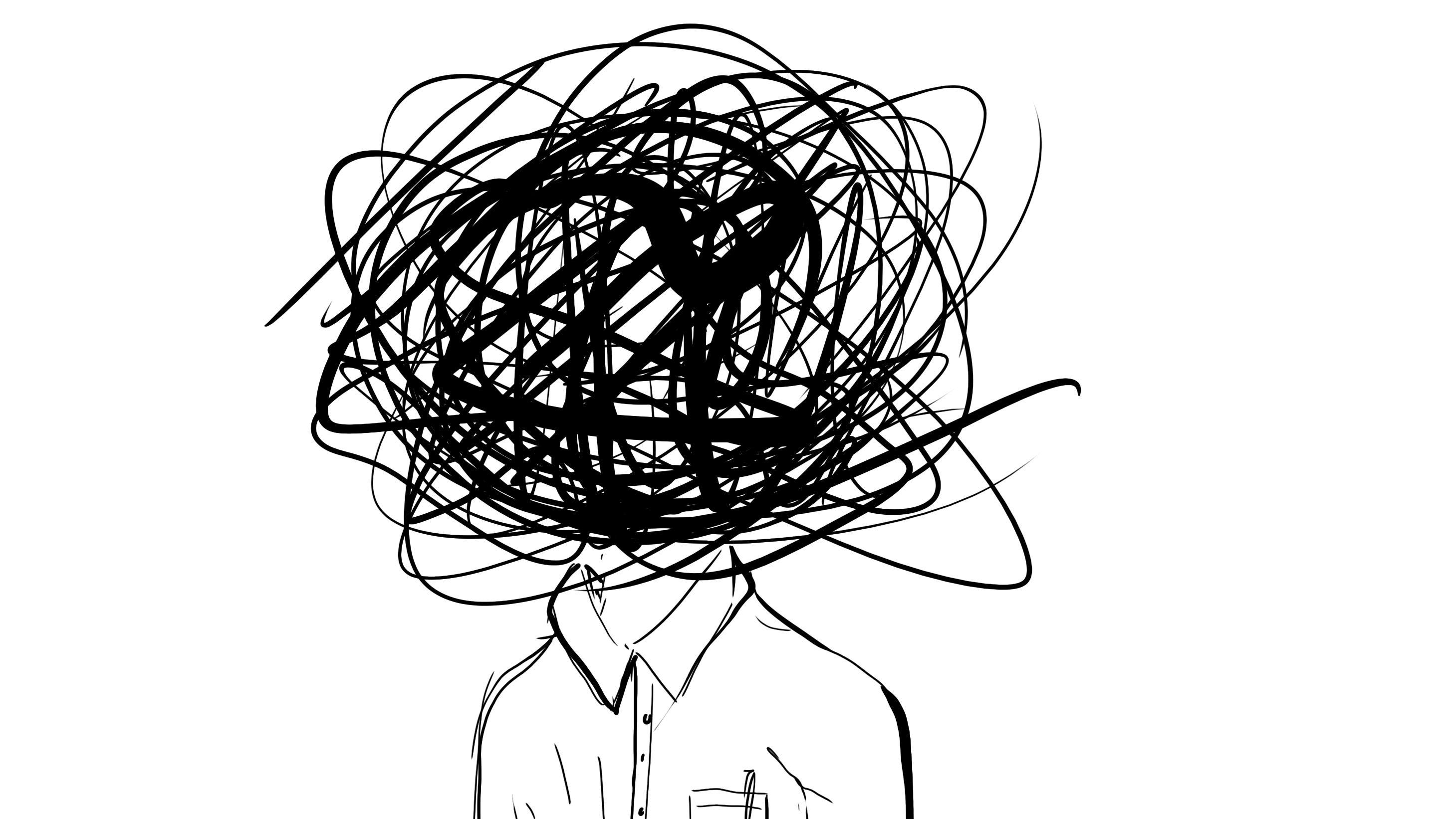David Robson BBC Business Life

Imagine you are texting a friend. If you don’t get an immediate response, do you think of times you did that might have made the person feel bad, without thinking about the possibility that he was just busy with something else?
Maybe it’s the political events that worry you. You spend hours thinking about the threat of nuclear war, deadly viruses, the possibility of an economic recession. The possibility of harm to you and your loved ones is on your mind.
If these situations sound familiar to you, you may be doing cognitive catastrophising. In other words, your brain has acquired the habit of magnifying the possibility of something bad happening, the possible negative consequences of an event, even though it is not real, and it creates disaster scenarios.
Therapist Patrick Keelan states that this negative way of thinking raises emotions to levels that are difficult to deal with.
Many studies show that cognitive distortions can lead to serious mental health problems and thus chronic pain.
Cognitive distortion can occur at any stage of life, but the fears and economic and political uncertainties created by Covid-19 are definitely triggering it.
But there are ways to break this spiral of negative thinking, and there’s no better time to learn than now.
FOCUSING ON THINKING PROCESSES

It was with the birth of Cognitive Behavioral Therapy (CBT) that psychologists began to realize that cognitive distortion is a serious risk to mental health.
Developed by Sigmund Freud and others in the first half of the 20th century, psychoanalysis was the primary method for understanding mental health problems. In this method, the aim was to reveal repressed fears and desires, which are mostly formed in early childhood and which naturally create sexual and psychological conflict.
In the middle of the century, psychotherapists such as Albert Ellis and Aaron Beck began to look for other methods to guide people in coping with their problems.
Instead of trying to uncover hidden psychological conflicts, they focused on people’s conscious thought processes—cognitive distortions and thought patterns that could lead to stress.
Beck had studied possible fears. For example, if someone has a fear of flying, when they hear crackling noises in the cabin, they may attribute it to a technical malfunction. A person less prone to cognitive distortions, on the other hand, realizes that the cabin attendants are not acting as if there is anything abnormal and is relieved.
But if the person is cognitively distorted, he thinks that the officials don’t care about the situation and starts to create terrible scenarios in his head that will result in death.
Ongoing research shows that cognitive distortion contributes to many other anxiety disorders.
For example, a perfectionist who makes cognitive distortions at work can magnify even the smallest mistake. Dr. Keelan says these people are starting to have thoughts like “I’m definitely going to get fired” and “I can’t handle this if I get fired”.
If a person with health anxiety also has cognitive distortions, they will diagnose themselves with cancer at the slightest change in their body.
In some cases, the person begins to cognitively distort physical sensations that lead to anxiety. If she has to give a presentation, she looks at her beating heart and thinks she’s going to have a heart attack.
Negative thought spiral also literally drags the person into a panic attack.
Research over the past years has shown that cognitive distortion is more vulnerable than other mental health problems, such as post-traumatic stress disorder and obsessive-compulsive disorder.
With cognitive distortions, emotions can aggravate the sensation of physical pain.
In the case of pain, the person begins to wonder when the discomfort will pass, may say “it will never end”, or become obsessed with what is causing it. In a terrible headache, he may think he has brain cancer. This makes it harder for the pain to pass.

EMOTIONAL CONTAMINATION
There are many factors that cause some people to have more cognitive distortions than others.
Besides conditions such as neurosis, which are partly genetic, you can also learn to think this way from family members.
If your parents are thinking of the worst-case scenario in any event, you can naturally get used to thinking that way by seeing it.
In addition, the general course of the world may cause disaster scenarios to be established; Like the Ukraine War, Covid-19 variants or economic troubles…
In a study conducted at the University of Sussex, England, participants were shown clips of selected TV news. As predicted, those who watch negative news compared to those who watch positive news; by the end of the clips they had become more anxious, more prone to cognitive distortions.
Although this is a relatively small study, it shows us how news influences mood and facilitates negative thinking.
IS IT POSSIBLE TO BREAK THE HEEL?
Whatever the source of the cognitive distortion, Dr. Keelan says it is possible to break this negative thought spiral.
First of all, it is very important to be aware of the situation. So the first step is to realize when your mind has entered a psychological black hole.
Maybe you’re worried about a job interview. If you think “I’m going to fail”, try to find out what’s causing it. Why do you automatically think of failure? Realize that failure is a possibility, not a certainty.
Realize that you are partially generalizing with statements such as “I am already a failure and will never have a job”. In this case, you can think of: Anyone can have a bad conversation at some point. This does not mean that you are an incurable failure.
Also, sometimes it is necessary to fail so that you can learn from this situation and improve your performance for the next time.
Regardless, the goal in such cases is to develop a more balanced view.
This requires work and practice.
You can keep a list of how often you’ve had the worst outcome in a situation and it wasn’t actually as bad as you thought it would be. So you can see how often you worry unnecessarily and think about it next time.
.
